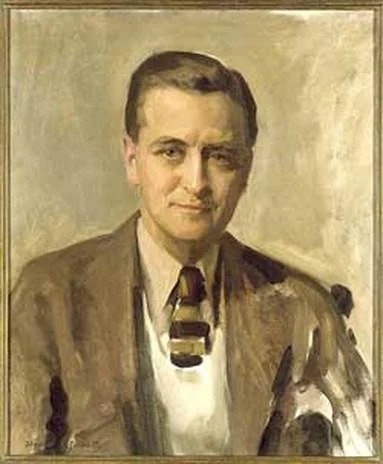The Metropolitan Section: City Life, Delivered
By Julia Guarneri
“I thought I knew every nook and angle of this village, but it seems your staff are ferreting out new and interesting bits every week.” In 1919, subscriber Charles Romm sent this letter to the New York Tribune, praising the paper’s new “In Our Town” section. The Tribune — like the World, the Times, the American, and many of the city’s other daily papers — had begun printing a special local section on Sundays. These metropolitan sections, as they were often called, did not print local news, exactly. They were not the places to look for accident reports or the latest in city politics. Instead, metropolitan sections gave readers glimpses of the everyday city. They brought the sights, accents, and clamor of the city into readers’ laps, to be enjoyed from a living room couch or a lunch counter. Newspapers’ metropolitan sections packaged up city life for quick, enjoyable consumption.










